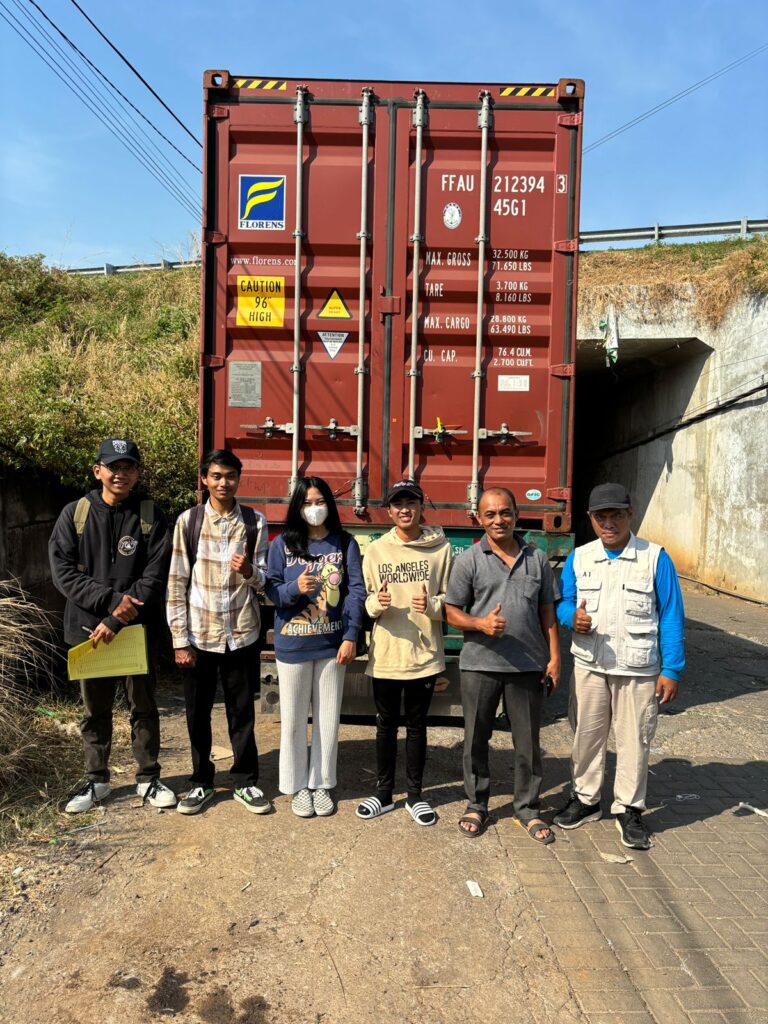Efficiency of the Production Process and Stuffing of Kapok Fiber at CV Memindo
CV Memindo has implemented several strategies to enhance the efficiency of their kapok fiber production and stuffing processes. Initially, workers collect kapok fruit from the trees. Once they harvest the fruit, they leave it to dry before opening it to extract the fibers inside. Depending on the scale of production, workers either extract the fibers manually or use machines. After extraction, they clean the kapok fibers to remove dirt, seeds, and unwanted parts. They frequently use cleaning and grinding machines to ensure the fibers remain clean and ready for use.
Subsequently, workers process the cleaned kapok fiber by separating and breaking down the fibers, making them softer and easier to handle. They then sort the processed fibers to ensure consistent quality before packaging them into bales. Before stuffing, quality control teams check the kapok fiber for moisture content and metal contamination to maintain proper quality and density.
During the stuffing process, CV Memindo operators use automatic or semi-automatic stuffing machines to place kapok fibers with precision. These machines distribute a consistent amount and density in each product. The machine setup controls the volume and pressure of the filling to ensure even distribution. After stuffing, inspectors verify the density and consistency. If they find any defects, they either repair or discard the product.
By implementing these strategies, CV Memindo maintains high standards in the kapok fiber stuffing process. The company consistently delivers final products that meet customer expectations while optimizing its resources.
The efficiency of the stuffing process is also supported by the selection of high-quality raw materials. The kapok fiber used is carefully selected to ensure that the fibers have good consistency and desired characteristics, such as being lightweight and durable. The use of high-quality kapok fiber reduces the need for additional adjustments during the stuffing process, which in turn enhances efficiency and reduces production time. In addition, high-quality raw materials reduce the likelihood of damage to the final product and ensure customer satisfaction. The stages of the Production and Stuffing process at CV. Memindo are as follows:
Production Process
The production process of kapok fiber begins with the collection of kapok fruit from the trees. This fruit has a hard shell that protects the kapok fibers inside. After the fruit ripens, it will be harvested and left to dry. After drying, the kapok fruit will be opened to extract the fibers inside. Kapok fiber usually has a fluffy and lightweight consistency. Fiber extraction is carried out manually or mechanically, depending on the scale of production. After extraction, the kapok fibers need to be cleaned to remove dirt, seeds, and unwanted parts. This process may involve the use of cleaning and grinding machines to ensure that the kapok fibers are clean and ready for use.
Next, kapok fiber will be processed to separate and break down the fibers, making them softer and easier to handle. The cleaned and processed kapok fiber is sorted to ensure consistent quality. After sorting, the kapok fiber is packaged into bales ready for use in the stuffing process. Before the stuffing process, the sorted and packaged kapok fiber will be checked for moisture content and metal detection to ensure appropriate quality and density. This material will be prepared to be incorporated into products, such as pillows or mattresses.
Kapok Fiber Stuffing Process
The stuffing process involves filling kapok fiber into the final product using automatic or semi-automatic stuffing machines. This machine is designed to place kapok fibers with precision, ensuring that each product is filled with a consistent amount and density.
- Machine Setup: The stuffing machine is set up to control the volume and pressure of the filling of kapok fiber, as well as to ensure even distribution.
- Filling: Kapok fiber will be inserted into the stuffing chamber and pushed into the product with the help of the machine. This process is carried out carefully to avoid excessive compactness or emptiness.
- Quality Inspection: After stuffing, the final product will be inspected to ensure proper density and consistency. Every product that does not meet the standards will be repaired or rejected.
After stuffing, the final product will undergo quality testing to ensure that all specifications are met. After that, the products are loaded into containers for distribution and are ready to be shipped to the buyer.
The efficiency of the kapok fiber stuffing process at CV. Memindo is a successful example of how technology, operational procedures, and the selection of the right raw materials can synergize to achieve optimal results. With a careful approach to every aspect of the production process, CV Memindo is not only able to produce high-quality products but also minimize costs and enhance customer satisfaction. This innovation and commitment to efficiency ensure that the company remains at the forefront of the kapok fiber processing industry.


